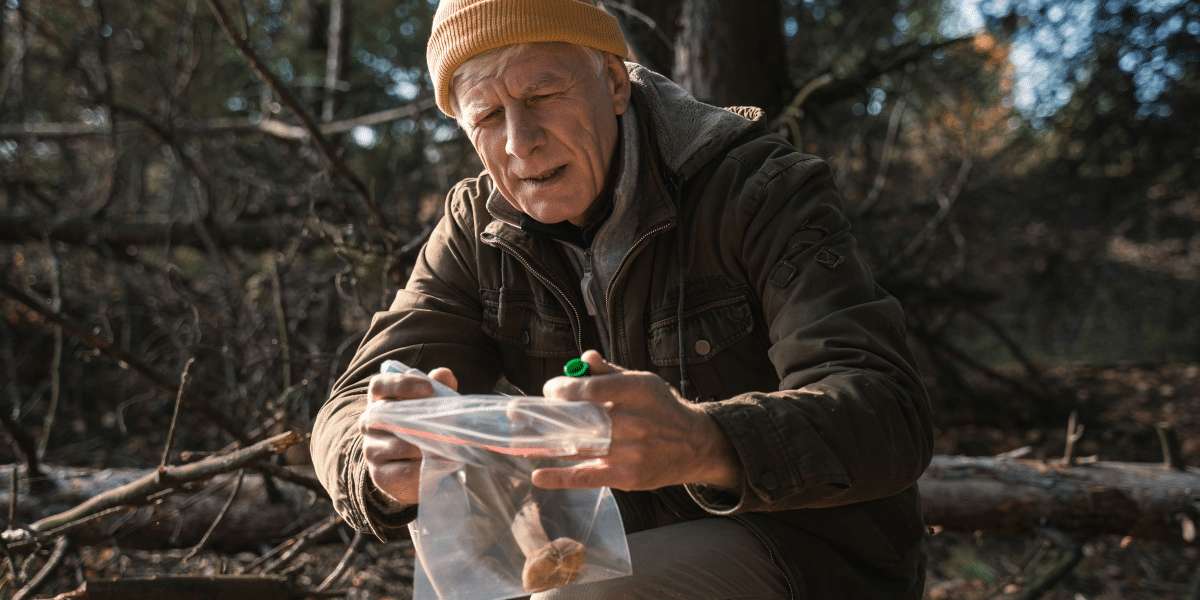History is rife with inventions born not from meticulous planning, but rather from the beautiful chaos of accidental discoveries. From a forgotten petri dish to a melted candy bar, moments of serendipity have led to breakthroughs that revolutionized industries, changed lives, and shifted our understanding of the world. These unexpected findings offer a potent reminder that sometimes the greatest leaps forward occur when we aren’t even looking for them.
X-Rays: Seeing the Invisible
Röntgen’s groundbreaking discovery was fueled by curiosity and a keen observer’s eye. While working with cathode ray tubes (early vacuum tubes), he noticed an unexpected glow emanating from a fluorescent screen in his darkened laboratory. This seemingly anomalous effect, even from across the room, piqued his interest. Methodical investigation revealed that these mysterious rays possessed the remarkable ability to penetrate materials opaque to visible light. Röntgen’s subsequent experimentation demonstrated that these rays could create images of the internal structures of objects, including the bones within the human body.
Recognizing the potential significance of his finding, Röntgen dedicated himself to extensively studying the properties of these unknown rays. He famously captured an image of his wife’s hand, the bones clearly visible beneath the skin, demonstrating the potential for medical use. News of his discovery spread rapidly through the scientific community and the general public alike. Within a remarkably short time, X-rays were adopted into medical practice.
The ability to visualize the body’s internal structures without invasive surgery was truly revolutionary for the medical field. Diagnosing broken bones and locating foreign objects became far more accurate. Over time, X-ray technology advanced, enabling even more detailed imaging and playing a critical role in the field of radiology. It could be argued that Röntgen’s serendipitous discovery laid the foundation for modern medical imaging techniques.
Teflon: The Non-Stick Savior
Roy Plunkett’s unexpected encounter with a slippery substance showcases how seemingly minor anomalies can yield transformative innovations. While researching new chlorofluorocarbon (CFC) refrigerants, he prepared samples of tetrafluoroethylene (TFE) gas and stored them in dry ice-chilled containers. When one of the canisters failed to release gas as expected, curiosity drove him to investigate. Cutting open the container, he discovered an unexpected white residue possessing almost unparalleled resistance to friction.
This fortuitous discovery led to the isolation and characterization of polytetrafluoroethylene (PTFE). Its unique properties were immediately recognized: extreme chemical resistance, low coefficient of friction, and stability across a wide temperature range. While initial commercial applications focused on military and industrial uses during World War II, its most widespread recognition came with the introduction of Teflon-coated nonstick pans in the 1960s.
The impact of Teflon extends far beyond the home kitchen. Its nonreactive nature makes it ideal for use in harsh chemical environments and in medical applications such as implants and surgical instruments. In aerospace, Teflon’s heat resistance and durability play a significant role. This accidental discovery highlights the importance of embracing the unexpected within scientific exploration, as breakthroughs often occur in the pursuit of answers to unintended questions.
Penicillin: Medicine’s Moldy Miracle
Fleming’s oft-cited story of an untidy lab bench yielding a medical revolution highlights the intersection of chance and astute observation. Upon returning from vacation, he discovered that a Petri dish containing Staphylococcus bacteria colonies had been inadvertently contaminated by a mold later identified as Penicillium notatum. However, his breakthrough came not merely from the contamination itself, but in his recognition of a curious detail: a clear zone surrounded the mold where bacterial growth was absent.
Rather than dismissing the contaminated culture as a failed experiment, Fleming’s scientific curiosity drove him to investigate further. He deduced that the mold was secreting a substance that inhibited bacterial growth. Subsequent study led to the isolation of penicillin, the first of a powerful class of antibiotics. While initially viewed as a scientific curiosity, the potential implications of penicillin were realized with the advent of World War II, where it was instrumental in combating life-threatening wound infections.
“Fleming’s discovery was a product of preparedness meeting opportunity,” reflects a medical historian. “His previous bacteriology experience allowed him to see beyond the failed experiment and grasp the extraordinary potential of the mold’s effect.” The development of penicillin as a mass-produced therapeutic treatment underscores the iterative process of scientific progress, where an initial finding serves as a catalyst for further groundbreaking research and development.
Vulcanized Rubber: From Sticky Mess to Everyday Essential
The history of vulcanized rubber is marked by a relentless determination to overcome seemingly intractable obstacles. Early attempts to utilize the unique elastic properties of natural rubber were hindered by its severe limitations. In cold weather, raw rubber became rigid and inflexible, while in hot conditions it turned into a sticky, unusable substance. Charles Goodyear dedicated years of effort and financial hardship to finding a way to stabilize rubber, experimenting tirelessly with various additives.
Goodyear’s breakthrough came through a chance event. After yet another failed attempt, he accidentally dropped his experimental mixture of rubber and sulfur onto a hot stovetop. Instead of melting into an unusable form, the rubber underwent a transformation, becoming durable and retaining its elasticity over a wide temperature range. Goodyear had unknowingly stumbled upon the process of vulcanization, in which sulfur forms cross-links within the rubber’s molecular structure.
Though accidental in its execution, Goodyear’s vulcanization process wasn’t mere good fortune; it was the culmination of his persistent determination to solve a long-standing problem. His discovery unlocked the full potential of rubber. Where once its uses were severely restricted, vulcanized rubber became a ubiquitous material underpinning the industrial revolution, paving the way for the development of tires, gaskets, hoses, electrical insulation, and countless other products integral to modern life.
While these accidental discoveries make captivating stories, they shouldn’t diminish the critical role of scientific inquiry. Röntgen was actively experimenting when he stumbled upon X-rays. Fleming recognized the significance of the mold in his petri dish because of his bacteriology expertise. Luck favors the prepared mind, and breakthrough “Eureka!” moments often build upon existing knowledge and determined investigation.
Accidental discoveries highlight the need for curiosity and open-mindedness in science. Researchers must be willing to follow unexpected leads and explore results that defy initial expectations. “The true scientist embraces the unexpected,” observes a science historian, “For within those anomalies may lie the next great leap forward.”
Innovation requires a tolerance for failure and a belief that value can be found in the unplanned. Funding bodies and research institutions must recognize the importance of allowing researchers to pursue lines of inquiry that may not have immediate, predictable outcomes.
The history of accidental discoveries is a reminder that the boundaries of possibility are constantly expanding. They inspire us to keep asking questions, challenging conventional wisdom, and remaining open to the extraordinary insights that can emerge from the least expected places.








